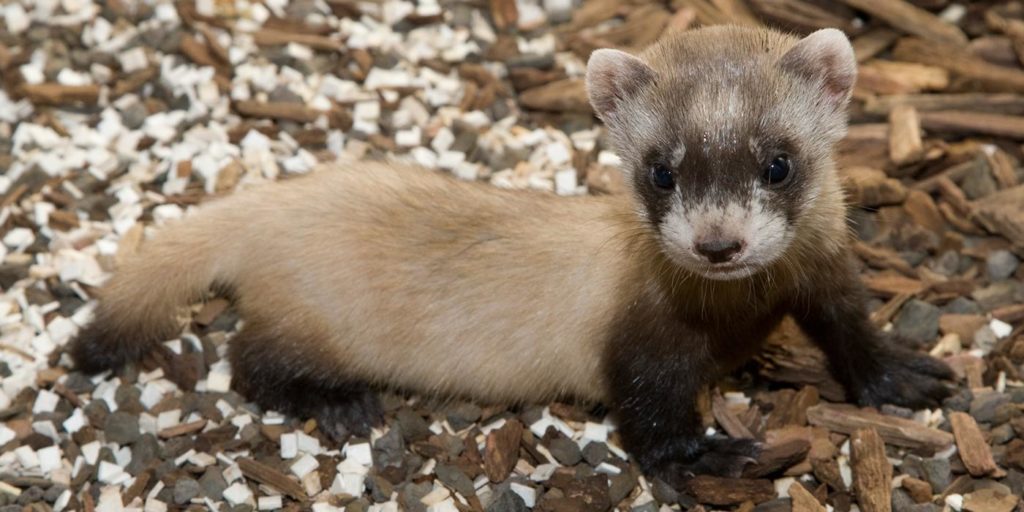Earth Day Is the Earth’s Day, All Around Us
By • April 22, 2019 0 746

We can see from this vantage point that 1970 was a long time ago. This writer was living in California, just starting at the Daily Review in Hayward, in the East Bay section of the San Francisco Bay Area.
Truth be told, even though the Bay Area — liberal and green and paisley, densely populated with rock and roll musicians and old Beat poets — was strongly embracing environmental causes, not that much attention was paid to them in official and even festive terms. I know I was busy graduating from writing about sports to chronicling some of the area’s more instructive, bracing and wretched political and cultural excesses.
The fact that 1970 was the year of the first Earth Day celebration, the brainchild of Sen. Gaylord Nelson (D-Wisconsin), was duly noted locally, nationally and globally in urgent style.
By 1990, when I first encountered Earth Day up close, it had become a gigantic, worldwide movement. Hundreds of thousands of people descended on Washington, D.C., including movie stars like Tom Cruise, who warned about global warming, the extinction of species, the contamination of our earth’s atmosphere and climate change.
In some ways — most of them more serious, scientific and intellectual as well as emotional — 1990, especially in Washington, but all over the world, marked a kind of explosion, a political and cultural march forward into the future, a Woodstock of sorts that also created divisions in the body politic that still remain.
Today, Monday, April 22, 2019, marks the 49th celebration — or call it proclamation — of Earth Day. And while each year has emphasized certain themes, the larger picture remains and retains its shape, or image: that of an endangered planet that needs saving and preserving, that needs clean air, less or no industrial pollution, more nurturing, restoration and saving of natural resources.
Today, then, is Earth Day, a day to embrace nature and science. Maintaining the earth means managing — so that we use but don’t use up — the resources we have.
The National Park Service is one institution and agency that is celebrating Earth Day and encouraging Americans to spiritedly enjoy our plentiful resources with care. The celebration is going on here, there and everywhere with music festivals, research demonstrations and organized efforts to save energy and preserve plant life and ecosystems.
In Washington, there was, of course, the Easter Monday and Earth Optimism Celebration at the National Zoo and, prior to that, the Anacostia Watershed Society’s Earth Day Cleanup.
But the Smithsonian’s National Zoo is a good place to think about this year’s theme: “Preserve Our Species.”
Walking through the zoo is a glorious reminder of the different species of wildlife with which we share our planet, but also of the threat to those species and to a host of others, from bees to great apes and tigers, coral reefs and sea life, from giraffes to sharks and sea turtles.
Whole species are disappearing, and most of the damage is being done by humankind, from the obvious overhunting and poaching to a rapidly degrading environment.
Preserving the species is preserving ourselves, or, as the great natural science writer and essayist Rachel Carson wrote, “In nature, nothing exists alone.”
Earth Day is a day when young and old activists take to the streets, clean their neighborhoods and their preserved areas and go on missions to protect natural habitats, the gifts that nature still manages to give us.
Or we could do this: go out and notice. Especially in this April time, walk the neighborhoods, go to the zoo, sit on a park bench, march on the trails in the city parks and forests, where light mixes with dark. Catch a handful of sand. Get some dirt on your shoes. Look up and around you.
It’s Earth Day, the Earth’s Day, all around us.
“The Earth is a fine place and worth fighting for,” wrote Ernest Hemingway. And there’s this, from Dr. Seuss:
Catch! calls the Once-ler. He lets something fall.
It’s a Truffula Seed. It’s the last one of all!
You’re in charge of the last of the Truffula Seeds.
And Truffula Trees are what everyone needs.
Plant a new Truffula. Treat it with care. Give it clean water. And feed it fresh air.
You can do that, too.

